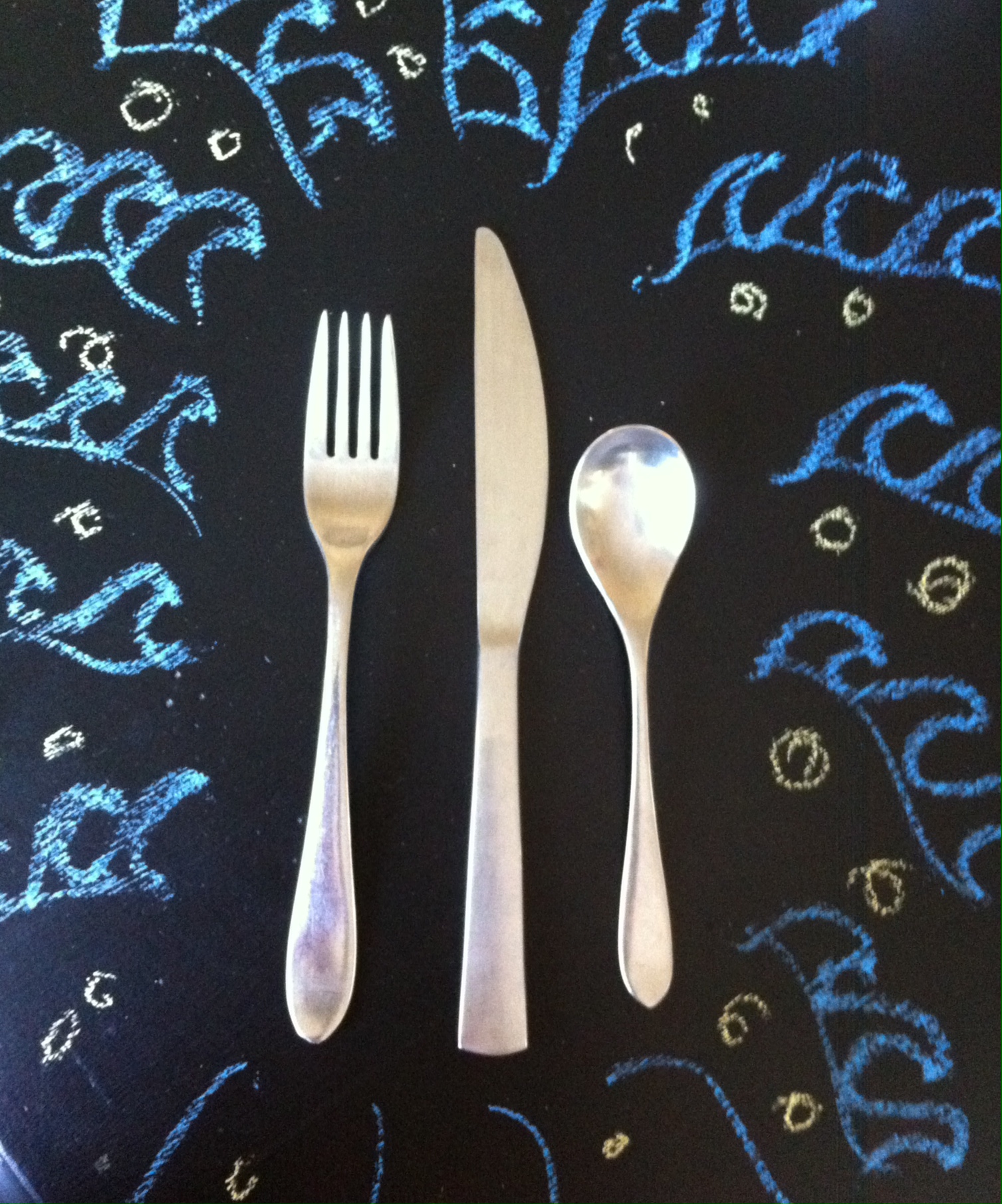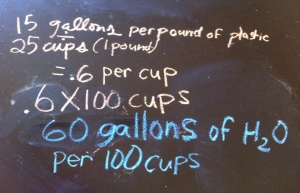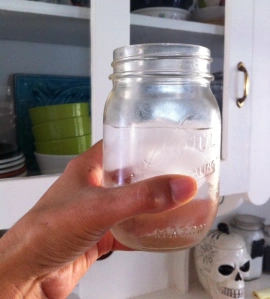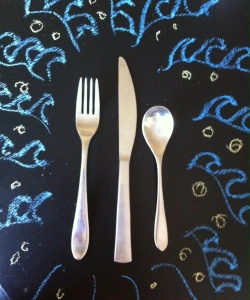
Save Water and Make More Trash? It Is What City Leaders of Fort Bragg,CA Suggest
Oct 14, 2015
Category 4
Category 3
Category 2
Category 1
We specialize in elevating content creators like you through bespoke social media strategies that not only capture attention, but also drive engagement.
Stride Social
Welcome to
When did saving water come to mean, make more trash? It seems two weeks ago. That is when the Northern California city of Fort Bragg issued a water rule mandating city eateries to serve food on paper and plastic.
The banning of silverware, glass and ceramic is in response to the historic low flows of the Noyo River, providing 40% of the cities water, reported in today’s LA Times. The lowered supply of water is coupled with the comprised quality of the river from salt water delivered during high tide from the Pacific Ocean. Supply and quality are the two leading causes of water scarcity according to the United Nations. But ushering in the red solo cup is not the answer.
With sinks and dishwashers empty the trash cans will overflow– with virtual water instead.
The virtual water footprint is the embedded water used during the lifecycle of a good or product. Based on water footprint totals, a ceramic cup takes .8 gallons of water to produce, and the plastic cup slightly less at .6 gallons. But is it a savings? The ceramic cup is re-used hundreds, if not thousands of times where the plastic cup is used once. Let’s instead examine the amount of water required to wash the ceramic cup. I estimate it takes to wash each plate, cup, bowl, about 0.23 gallons, based on the average 11 gallons used in a dishwashing cycle.
For every 100 customers served a beverage in a disposable cup, it takes 60 gallons of virtual water and leaves 4 pounds of plastic. It requires 23 gallons to serve the same amount of customers in ceramic, and no plastic waste left behind.
Here’s the math:

In America, we throw away enough plastic, spoons, cups to wrap around the equator 300 times every year. According to a recent study, 90% of all seabirds have ingested plastic. The last thing we need is to add to the growing pile of trash to save water.
I like the creativity of the Fort Bragg city council BUT why not harness that same “out of the box” thinking to find long-term solutions that doesn’t involve making trash. I have a few ideas.
Instead of focusing on dishwashers, focus on increasing the river flow of te Noyo River. Rivers are fed by rain, snow and underground water tables. We can’t control rainfall. We can implement strategies to increase the soil’s capacity to draw water downward, recharging water tables. An effective strategy to reduce runoff and evaporation is the replacement of roads, parking lots, alleyways with porous pavements. Another strategy is to ban chemical pesticides and fertilizers on public land. And educate business owners and home owners to do the same. Chemicals diminish the soil’s ability to hold water
Partner with eateries to scrape food off plates (saving water) and start a city-wide composting program. Schools can be involved too (anyone in the schools can attest to the gross waste of food). Offer free or reduced cost compost to residents, businesses, schools, and public-owned land. Compost builds the soil’s organic matter, able to hold water up to 10,000 times more water than chemical fertilizers or dirt. So when the rain does return, the soil will be ready to receive and hold it.
The restaurants of Fort Bragg can be part of a regional and global solution, by purchasing more foods raised using water-sustainable methods. Water-sustainablefoods, I define as food that minimally diverts the natural water flow during it cultivations include dry farmed and rain-fed crops and pasture raised meats to name a few. Organic foods help to keep the soil healthy and water absorbent.
“We all live upstream,” an organic dairy farmer told me. Water issues may be felt local, but hey are connected to a system that extends around the globe.
These are water-saving strategies we can toast to with a re-usable glass.

Eat less water at the kitchen table.
There is power in the collective!
Be well,
Florencia
(Source for water footprints were based on the Big Blue Book and the following paper.)
Leave a Reply Cancel reply
Ready to take Action?

click to Read & Leave a comment
Click to close comments
Comments